by Kaitlyn Niznik (New York, U.S.A.)
When I first showed symptoms of something wrong, I blamed food poisoning or bad college campus food. I stuck with these excuses as I left undergrad and started grad school. Granted, my grad school food was horrible during my first residency - I will never look at squash lasagna the same way again. However, when I came home and got even sicker, I knew I needed to get checked out. Since then, I've seen four gastroenterologists and a nutritionist - each one with their own advice regarding food. Some of the advice I was given include: become a vegetarian, eat low FODMAP, low fiber, low roughage, low gluten, stick to soups/stews, just eat homemade food, switch over to the brat diet on bad days. I'm someone who was never consistent enough to try a true elimination diet and all the diet restrictions became overwhelming. With my long hours at work, I didn't have a ton of free time or energy to meal prep everything and I got discouraged when my homemade food still made my symptoms flare up. After four years of trial and error, here are three things that are helping me develop a healthier relationship with food:
Hydrogen Breath Tests
Breath Tests are non-invasive tests that gave me insight into my food intolerances. They're more specific than just banning all FODMAPs and if you know what to avoid, it's easier to figure out portions and safe amounts. I found out I have a fructose intolerance, so I eat fruits and vegetables in moderation and avoid high fructose corn syrup.
Biodiversity in Bites
I try to graze on fruits and vegetables whenever I pass by the kitchen. With my fructose intolerance, I can't eat a lot of fruits in one sitting, so I try to spread out little amounts throughout the day. Even if it's a frozen quarter of a peach, half a banana, or a few steamed baby carrots, every little bit helps promote biodiversity in the gut. Before, I was so focused on meeting the daily recommended portions of fruits and vegetables that I became disheartened whenever I failed to reach that goal. Nowadays, I aim for a bite of a few different fruits and vegetables at meals and throughout the day. To make it happen, I steam or bake vegetables and then put them in the freezer in bags so they're easy to break up. I can easily take a handful of black beans and corn for a quesadilla or parsnips, celery, and carrots for a soup. I am happy to say this is my first fall making stewed apples and it's now become a staple to meal prep each week! Stewed apples are easier on my stomach and are packed with soluble fiber. I have also combined them with cranberries to make cranberry apple sauce that's rich in vitamin C. I'm happy I can find ways to enjoy the flavors of fall without the stomachaches.
“Human kibble"
Thank you to tiktok user @myfoodisme2 because this is my new favorite meal prep obsession. Before, I felt so limited eating only soups and some weeks it felt like too much work to create balanced and delicious meals. Human kibble is essentially a basic formula for a quick bowl with a lot of diversity. It’s like a Buddha bowl, but less artfully arranged and more thrown together. This is the formula I’m using for meal prep:
Base (Rice/couscous/quinoa) + Protein (Chicken, tofu, beef) + Veg (A little of everything)
For me, a spoonful of beans is safe, as is a bite of cooked broccoli, corn, carrots, etc. I think of it as a nutrient-dense mix that has streamlined my meal prep. Each component can be prepped separately and then combined in the fridge. Unlike portioning giant stir-fries where I have no idea how much of each ingredient I'm getting in a single bowl, I can combine the ingredients right in my lunch containers so I know exactly what I'm eating each day. It's much easier to see patterns or know what gave you a stomach ache when you're keeping things consistent and just tweaking a basic formula each day.
Artwork by Kaitlyn Niznik!




